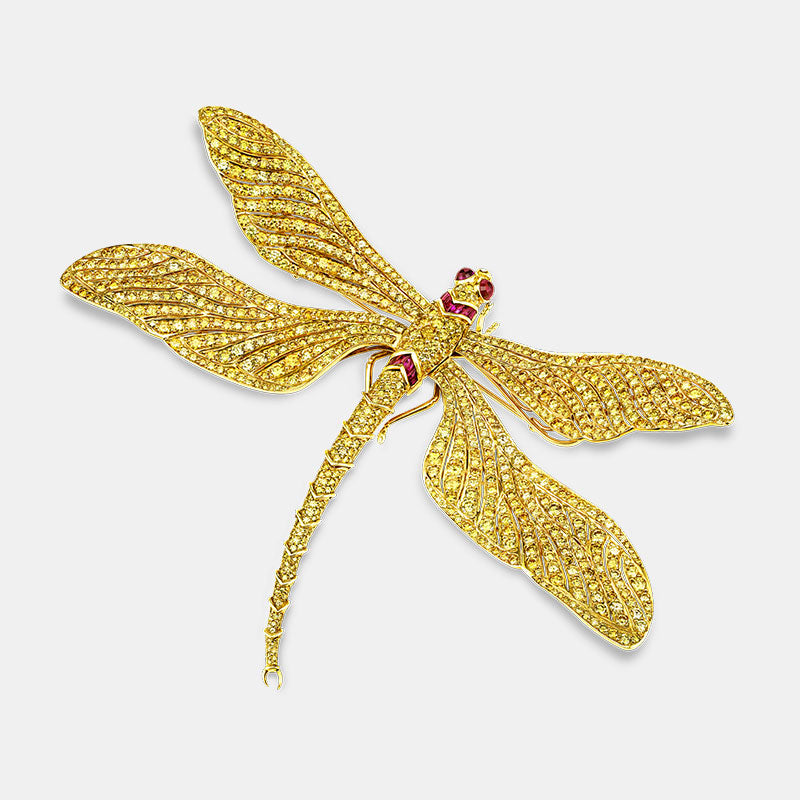The phrase “works on paper” encompasses objects of diverse media on a paper substrate—original drawings, paintings and mixed-media compositions, as well as printed images produced in editions. Works on paper are held in museum and library collections around the globe, where visitors can study precious drawings and prints by appointment. For collectors of fine art, works on paper offer access to the most notable artists on the market, often at a more accessible price point. Typically smaller in scale than other media, works on paper provide a unique, intimate viewing experience for the fine art connoisseur.
TYPES OF WORKS ON PAPER
Drawings
Most works on paper fall into the categories of drawings, paintings or prints. Drawings are rare, original works of art , ranging from preparatory sketches to fully fleshed-out, final compositions. One such study is Edgar Degas’s Cavalier, drawn in preparation for his oil painting Huile sur toile. The charcoal drawing on paper focuses on a single horse and rider as seen from behind. It features the stamp signature of Degas, a common practice of validating Impressionist and Post-Impressionist works of art, especially unsold works or examples not originally intended for the art market found in artists’ studios after their death. Drawings such as Cavalier offer a direct, unfiltered look at the hand of the artist.

Pierre-Auguste Renoir’s Après le bain shows the Impressionist master’s careful attention to light as it falls across the nude form of his sitter, almost certainly Gabrielle Renard. Renoir employed sanguine, a warm reddish-brown chalk, and white chalk, a dry medium that lends itself to naturalistic modeling and the representation of light and shadow. With evidence of a layered application of chalk and thoughtful blending, Renoir’s monochromatic composition emerges from the sheet.

In contrast to Renoir’s tonal composition, Keith Haring’s U.F.O. and Dolphin, executed in felt-tip marker on a zine cover, feels both spontaneous and fun. The pink line drawing depicts a U.F.O. hovering above an open-mouthed dolphin who appears above the surface of choppy waves contained within an imperfect rectangular border. The quirky composition is exemplary of Haring’s famous doodles, popular in both formal art spheres and in the streets. In this case, the work on paper makes owning an original composition by Haring, many of whose works are immovable murals, possible for one contemporary art enthusiast.

Paintings
Paintings executed using water-based paints like watercolor and gouache likewise lend themselves to paper substrates. Italian artist Giacomo Guardi’s View of San Giorgio Maggiore achieves a remarkable level of architectural detail in this vedute, or vista painting, in gouache on paper. Venetian cityscapes were a popular souvenir for elite Englishmen partaking in the Grand Tour, and the inherent portability of works on paper undoubtedly appealed to travelers far from home.

Prints
Prints are a common entry point into collecting fine art and the overall fine art market, primarily printed in editions of known or unknown numbers. Paper mills first opened in Germany and Italy in the 1390s, and early printed images in the form of woodcuts, a relief printing process, began to appear around the same period. By the mid-15th century, images were also printed using intaglio printing techniques, where designs werecut or incised into metal plates, including drypoint, engraving, and etching. Mezzotint and Aquatint became popular options in the 17th and 18th centuries, and in the 19th century, printmakers developed lithography, a method that allows artists to produce multiple images from a single drawing.

The Card Player by Rembrandt Harmenszoon van Rijn, conceived in 1641; printed circa 1760. M.S. Rau, New Orleans. Read more about Rembrandt etchings.
WHY COLLECT WORKS ON PAPER
Works on paper offer collectors the ability to acquire the art of artists otherwise inaccessible, like those whose paintings and sculptures rarely appear on the market or who work in contemporary media that are infamously difficult to collect, like graffiti, land art or installation. Drawings, in particular, can be as rare as original paintings and often feature an artist’s signature. Learn more about famous artist signatures and their significance.

February 3, 1967. M.S. Rau, New Orleans.
For example, the crayon on paper drawing entitled Homme à l'agneau, mangeur de pastèque et flûtiste bears the signature of the great 20th-century Spanish artist Pablo Picasso, along with the date and number “3.2.67 / II.” The expressive line drawing is one of a series depicting the subject matter of the god Bacchus and bacchanalian pursuits. Here, Bacchus sits in the center of the composition, eating a slice of watermelon. On the left, a male figure plays the flute, and a third male carries a fluffy lamb. The energetic strokes of dark crayon reveal the confident hand and technique of Picasso in February 1967; the artist’s thought process and artistic method are fully displayed, unimpeded by layers of paint, on the rare page.
HOW TO CARE FOR YOUR WORKS ON PAPER
Works on paper are more fragile and responsive to environmental factors than other media. To protect your investment, works on paper should be matted using only acid-free supports, as contact with acid may cause darkening to the paper. They should also be stored or displayed in a dry, temperature-controlled place and away from direct sunlight due to the risk of UV exposure-related discoloration. In contrast to popular belief, gloves should not be worn when handling works on paper because gloves reduce the tactility and finger dexterity necessary when moving and examining fragile works of art. However, hands should be washed and thoroughly dried to remove any dirt or excess oils which might damage paper works through repeated touching.
To explore M.S. Rau’s entire fine and rare art collection, you can browse our website or sign up for our email list.
Sources:
“Collecting guide: works on paper.” Christie’s. https://www.christies.com/features/works-on-paper-collecting-guide-12102-1.aspx
Freeman, Nate. “5 Essential Tips for Collecting Prints.” Artsy. https://www.artsy.net/article/artsy-editorial-5-essential-tips-collecting-prints
Indrisek, Scott. “5 Essential Tips for Collecting Drawings” Artsy. https://www.artsy.net/article/artsy-editorial-5-essential-tips-collecting-drawings
Thompson, Wendy. “The Printed Image in the West: History and Techniques.” In Heilbrunn Timeline of Art History. New York: The Metropolitan Museum of Art, 2000–. http://www.metmuseum.org/toah/hd/prnt/hd_prnt.htm (October 2003).







